Renting a car can be the easiest way to get around, but skipping a proper check before you leave the lot can lead to unexpected headaches. A quick walk-around and a few minutes inside the car can protect you from surprise charges, safety risks, and a lot of frustration later.
Taking that time now means you can focus on enjoying the drive instead of worrying about what might go wrong. Here is a list of 15 key things to check before you drive off in a rental.
Exterior Condition
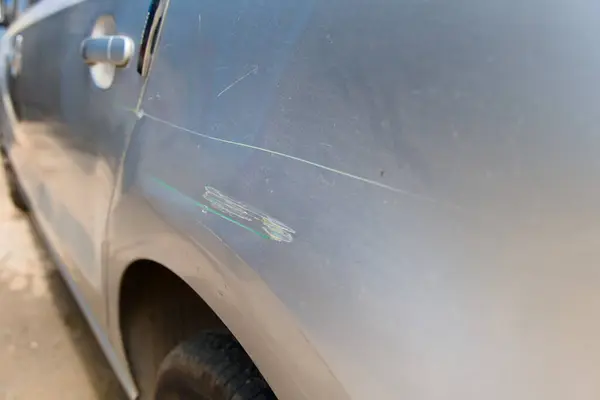
Take a slow walk around the car and look closely for dents, scratches, or scuffs. Even the smallest marks should be photographed and noted on your rental form. Don’t forget the roof, bumpers, and around the wheel wells—these areas are often overlooked but still count as damage.
Clear documentation is your best defense if there’s any dispute when you return the vehicle.
Tires and Spare
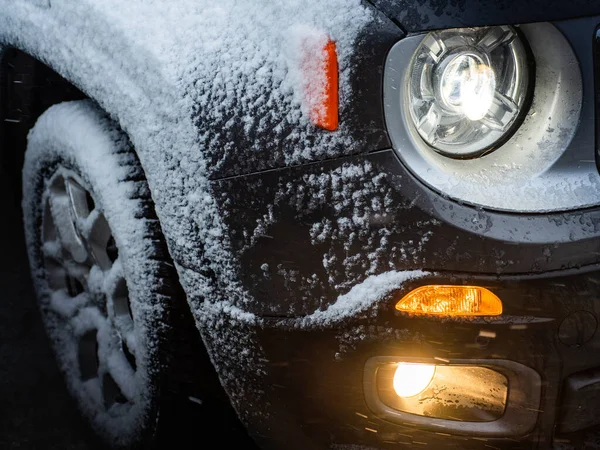
Check that all four tires have good tread and look properly inflated. Watch out for bulges or cracks along the sides, as those can lead to blowouts. Pop the trunk to confirm the spare tire is there, along with the jack and lug wrench.
You don’t want to be stranded in the middle of nowhere only to find the spare missing.
Like Travel Pug’s content? Follow us on MSN.
Lights and Signals
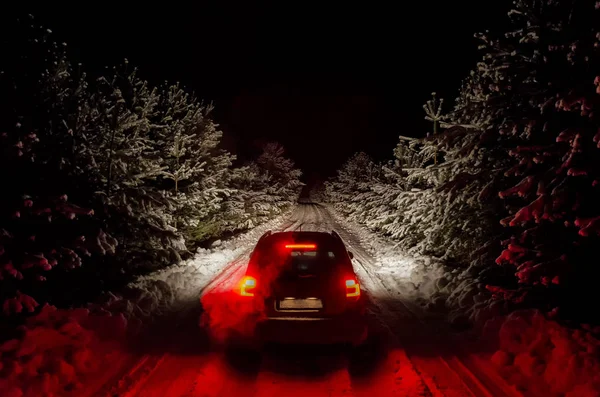
Switch on the headlights, brake lights, hazard lights, and turn signals to see if they work. Malfunctioning lights aren’t just unsafe—they can get you pulled over.
This takes less than a minute but makes a huge difference for visibility, especially if you’ll be driving at night or in bad weather.
Mirrors and Windows
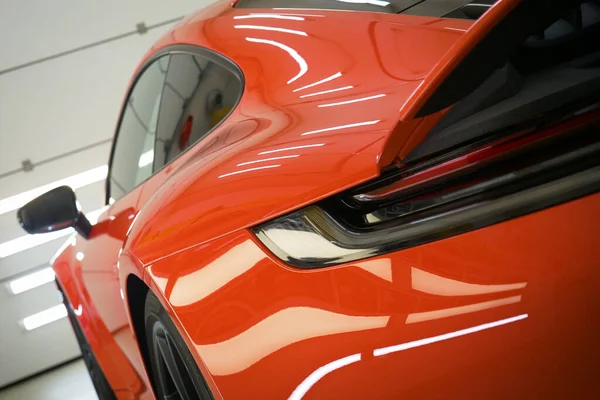
Adjust the rearview and side mirrors to fit your seating position before you start driving. Roll all the windows up and down to make sure they work smoothly. L
ook for cracks or chips in the windshield, which can get worse on the road. A clear, undamaged view is a big part of driving safely.
Fluid Levels
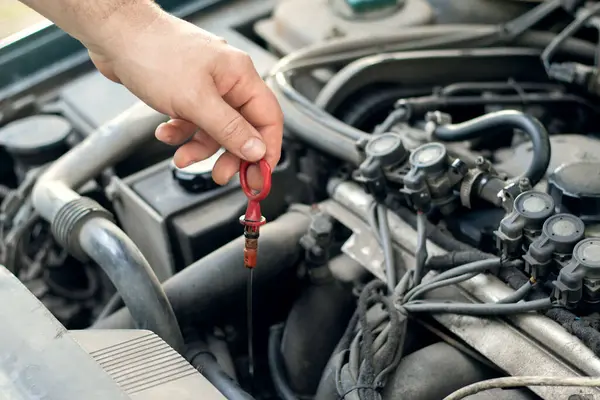
While you probably won’t be checking the oil yourself, you should at least confirm there are no low-fluid warning lights on the dashboard. Make sure the windshield washer fluid works—long drives with a dirty windshield are no fun.
If something feels off, mention it to the rental staff before leaving.
Like Travel Pug’s content? Follow us on MSN.
Brakes

When you first start the car, lightly press the brake pedal to check that it feels solid, not spongy. Once you begin driving, listen for squealing or grinding sounds.
Those noises usually mean the brakes are worn, and that’s a safety risk worth avoiding. If anything feels wrong, ask for a different car immediately.
Fuel Type
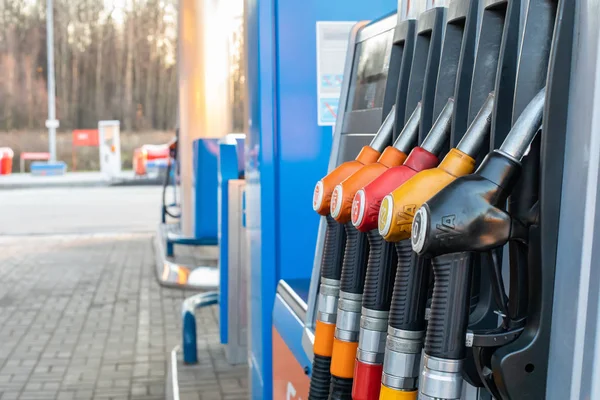
Double-check the fuel type on the gas cap or inside the rental agreement. Mixing up diesel and gasoline can destroy an engine—and you’d be responsible for the cost.
Some cars also require premium fuel, so it’s worth knowing before you pull into a gas station.
Mileage and Limits
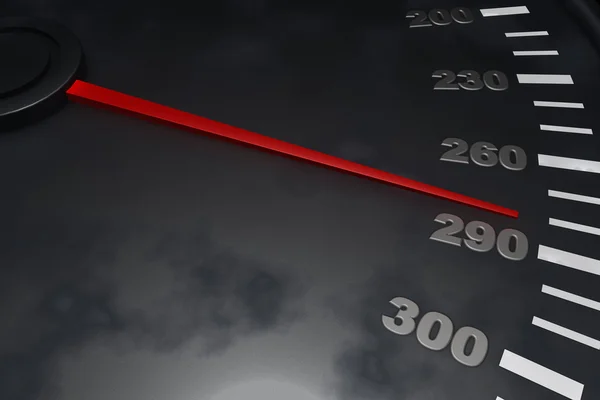
Check the odometer and make sure the starting mileage matches what’s on your contract. If there’s a daily or total mileage limit, keep track so you don’t get charged extra.
If unlimited mileage is included, it’s still good to know your starting point for reference.
Like Travel Pug’s content? Follow us on MSN.
Interior Condition

Look over the seats, dashboard, and carpets for stains, tears, or other wear. Any damage should be documented right away. Check that everything inside feels sturdy—loose trim or broken controls might be blamed on you later.
A well-kept interior is also a sign that the car’s been taken care of overall.
Air Conditioning and Heat

Turn on the air conditioning and heat to make sure they work properly. This matters more than you think—driving in sweltering heat or freezing temperatures without climate control can ruin a trip.
If the system’s weak or broken, swap cars before you go.
Dashboard Indicators
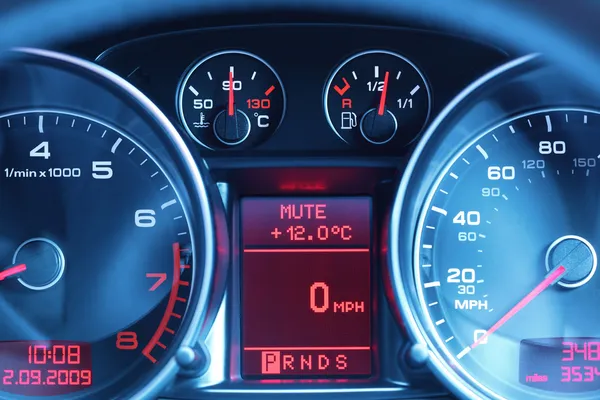
Start the car and watch for warning lights that stay on. Common ones to look for include low tire pressure, engine trouble, or service alerts.
Any warning should be addressed before you hit the road, even if it means waiting a few extra minutes.
Like Travel Pug’s content? Follow us on MSN.
Registration and Insurance
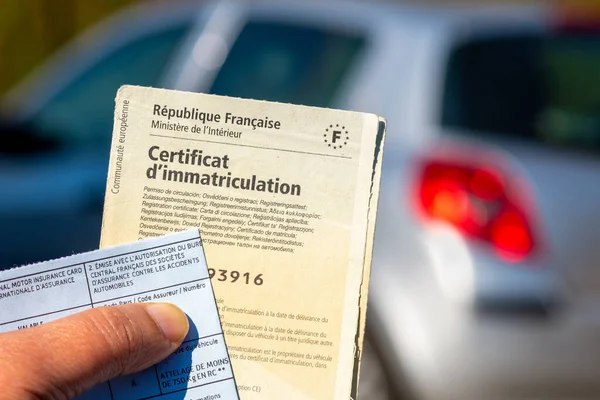
Check the glove compartment for the car’s registration and insurance documents. If either is missing, ask for it before you leave.
Getting stopped without them can lead to fines or bigger issues.
GPS and Tech Features
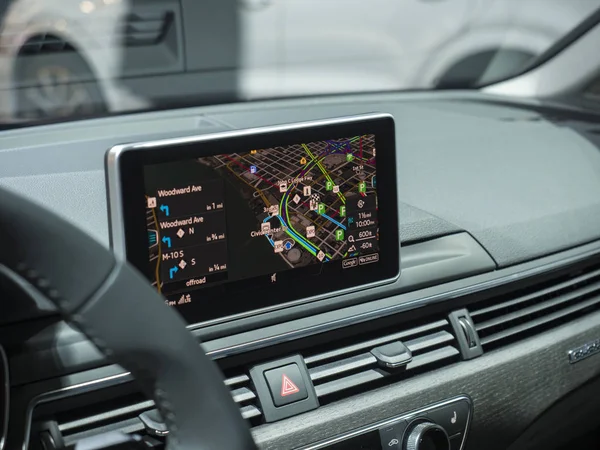
If the car comes with built-in GPS or Bluetooth, test them before you leave the lot. Make sure charging ports work if you’ll need your phone for navigation.
It’s better to find out now than when you’re already in an unfamiliar area.
Trunk Space and Functionality
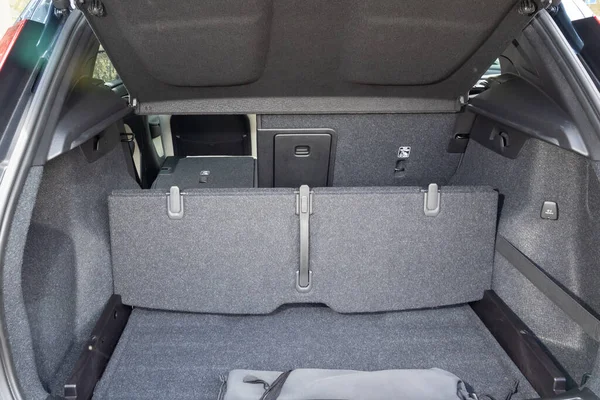
Open and close the trunk to make sure it’s working smoothly. Check that it’s clean and big enough for your luggage.
If you plan to carry larger items, see if the seats fold down properly.
Like Travel Pug’s content? Follow us on MSN.
Cleanliness and Smell
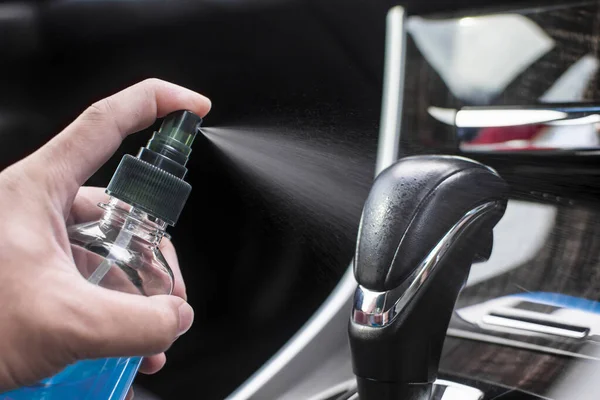
A clean, fresh-smelling car makes a huge difference on long drives. Bad odors can be hard to ignore and might even stick to your belongings.
If the car smells musty or unpleasant, it’s worth asking for another one.
Starting the Trip Right

Rental cars have come a long way, with modern tech and comfort features, but the basics haven’t changed—check before you drive. These quick steps save you money, keep you safe, and set the tone for the trip ahead.
Spending ten minutes at the start means you can enjoy the road without second-guessing what might go wrong.
More from Travel Pug

- 20 Best Beach Towns in the Carolinas
- 13 Destinations Where Tourists Regularly Regret Their Trip
- 20 Things You Actually Get in First Class
- 20 Small Airports With Aviation Museums
- 20 Places in the U.S. That Are Perfect for a Reset Trip
Like Travel Pug’s content? Follow us on MSN.
